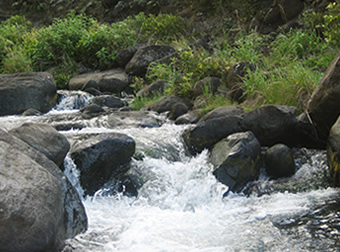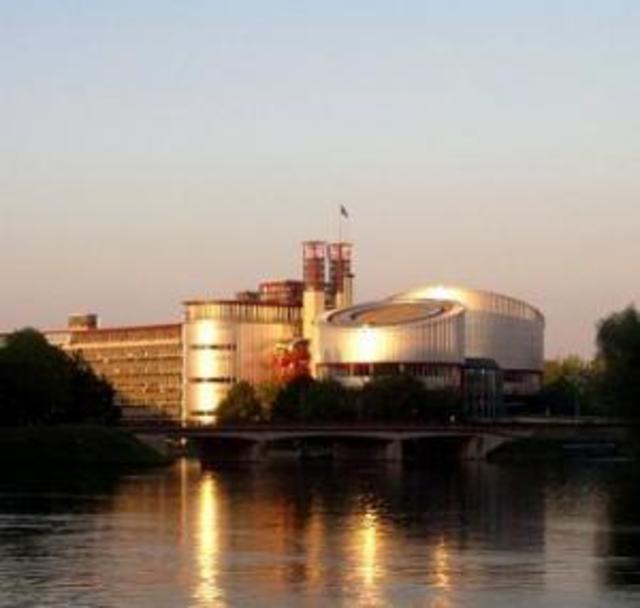Of the 1.3 billion people living in abject poverty, the majority are women and children. They also happen to be the largest group systematically under-represented in water management arrangements.

Some 3,800 children die every day from diseases associated with lack of access to safe drinking water, inadequate sanitation and poor hygiene.
Diarrhoeal diseases remain the leading cause of death from water-related diseases in children, accounting for 21% of all deaths of children under 5 in developing countries
Read more










